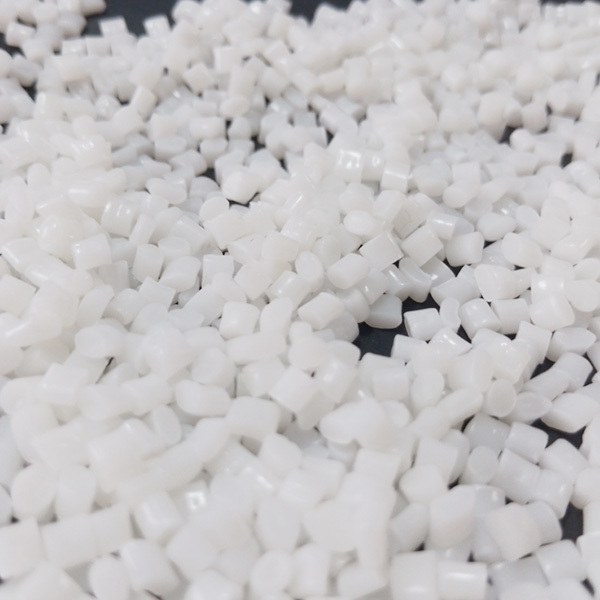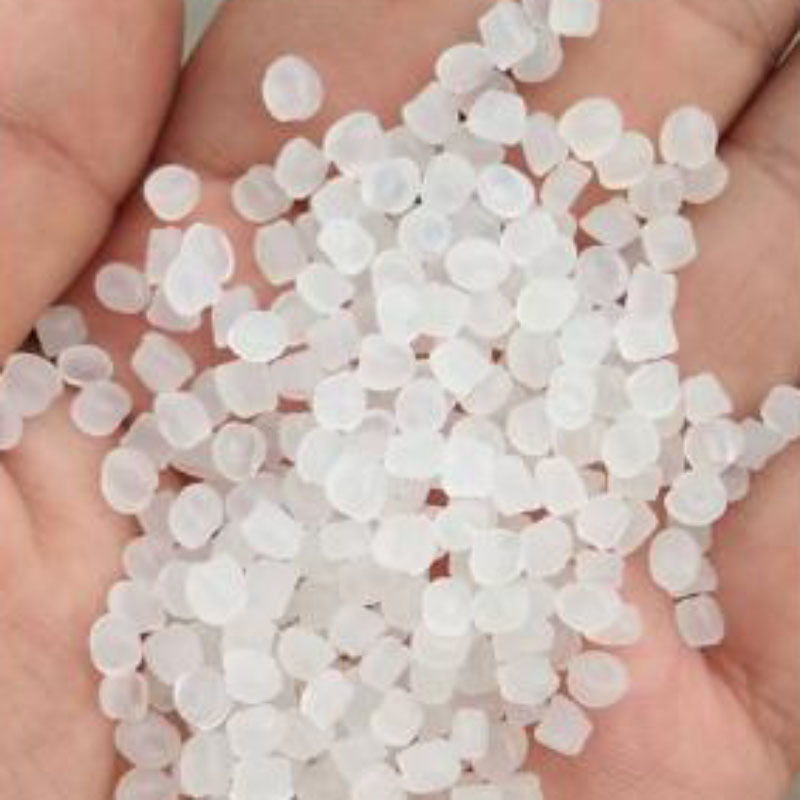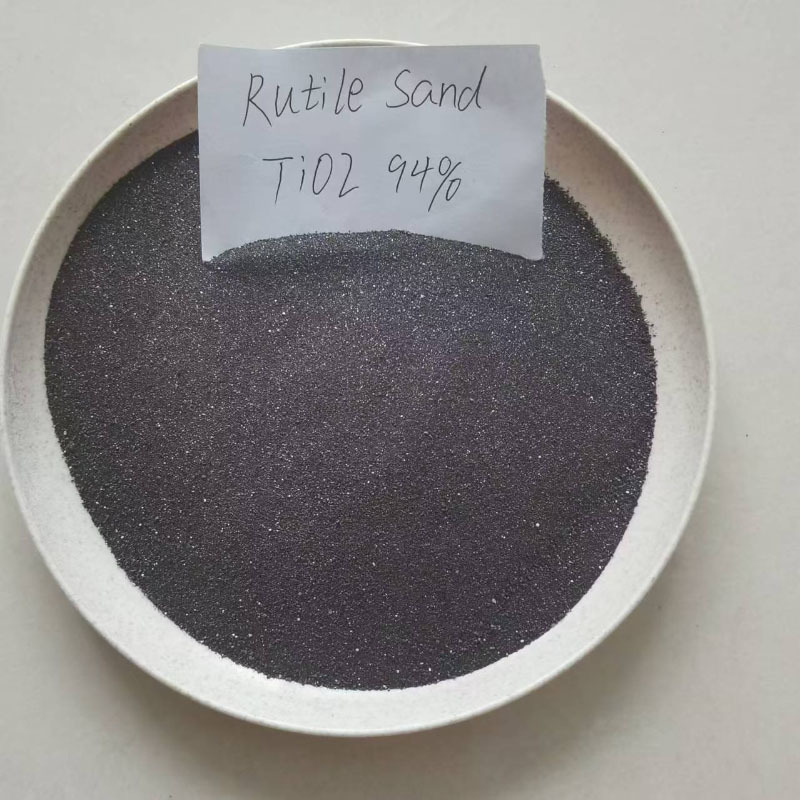Understanding ABS Plastic Raw Material: Properties, Applications, and Benefits
Release Time:
Jun 08,2025
Acrylonitrile Butadiene Styrene (ABS) is a widely used plastic raw material known for its impressive combination of strength, durability, and versatility. This thermoplastic is formed from three key monomers: acrylonitrile, butadiene, and styrene. The resulting material exhibits a range of properties that make it suitable for an extensive array of applications across various industries. One of the
Acrylonitrile Butadiene Styrene (ABS) is a widely used plastic raw material known for its impressive combination of strength, durability, and versatility. This thermoplastic is formed from three key monomers: acrylonitrile, butadiene, and styrene. The resulting material exhibits a range of properties that make it suitable for an extensive array of applications across various industries.
One of the standout features of ABS is its excellent impact resistance. This property makes it particularly valuable in environments where materials are subject to mechanical stress or potential impact. Additionally, ABS has good tensile strength and rigidity, allowing it to maintain structural integrity in various applications. Its temperature resistance is also noteworthy; ABS can perform well in a temperature range that suits many industrial processes.
Another significant characteristic of ABS plastic raw material is its ease of processing. It can be molded and extruded using standard techniques, making it a favorite among manufacturers. The ability to achieve intricate designs and shapes is one of the reasons ABS is commonly used in the production of consumer products, automotive components, and electronic housings. Furthermore, it can be easily colored and finished, providing aesthetic flexibility for product design.
In terms of applications, ABS is found in various sectors. In the automotive industry, it is used for interior and exterior components, providing both durability and aesthetic appeal. In electronics, ABS serves as a robust casing material for devices like laptops, gaming consoles, and appliances. The toy industry also heavily relies on ABS due to its safety and reliability, with many popular toys being fabricated from this material.
Moreover, the recycling potential of ABS should not be overlooked. While it is essential for manufacturers to be aware of the environmental implications of plastic use, ABS can be recycled and repurposed, thus contributing to sustainability efforts within the industry. This attribute aligns with the growing emphasis on eco-friendly manufacturing practices, making ABS an even more attractive choice for many businesses.
In summary, ABS plastic raw material stands out for its unique combination of properties, including impact resistance, ease of processing, and versatility across applications. Understanding these characteristics can help businesses and manufacturers make informed decisions when selecting materials for their products, ultimately enhancing performance and consumer satisfaction. Whether in automotive, electronics, or toys, ABS continues to be a material of choice for various innovative applications.
One of the standout features of ABS is its excellent impact resistance. This property makes it particularly valuable in environments where materials are subject to mechanical stress or potential impact. Additionally, ABS has good tensile strength and rigidity, allowing it to maintain structural integrity in various applications. Its temperature resistance is also noteworthy; ABS can perform well in a temperature range that suits many industrial processes.
Another significant characteristic of ABS plastic raw material is its ease of processing. It can be molded and extruded using standard techniques, making it a favorite among manufacturers. The ability to achieve intricate designs and shapes is one of the reasons ABS is commonly used in the production of consumer products, automotive components, and electronic housings. Furthermore, it can be easily colored and finished, providing aesthetic flexibility for product design.
In terms of applications, ABS is found in various sectors. In the automotive industry, it is used for interior and exterior components, providing both durability and aesthetic appeal. In electronics, ABS serves as a robust casing material for devices like laptops, gaming consoles, and appliances. The toy industry also heavily relies on ABS due to its safety and reliability, with many popular toys being fabricated from this material.
Moreover, the recycling potential of ABS should not be overlooked. While it is essential for manufacturers to be aware of the environmental implications of plastic use, ABS can be recycled and repurposed, thus contributing to sustainability efforts within the industry. This attribute aligns with the growing emphasis on eco-friendly manufacturing practices, making ABS an even more attractive choice for many businesses.
In summary, ABS plastic raw material stands out for its unique combination of properties, including impact resistance, ease of processing, and versatility across applications. Understanding these characteristics can help businesses and manufacturers make informed decisions when selecting materials for their products, ultimately enhancing performance and consumer satisfaction. Whether in automotive, electronics, or toys, ABS continues to be a material of choice for various innovative applications.
Keywords:
You Can Also Learn More About Industry Trends






